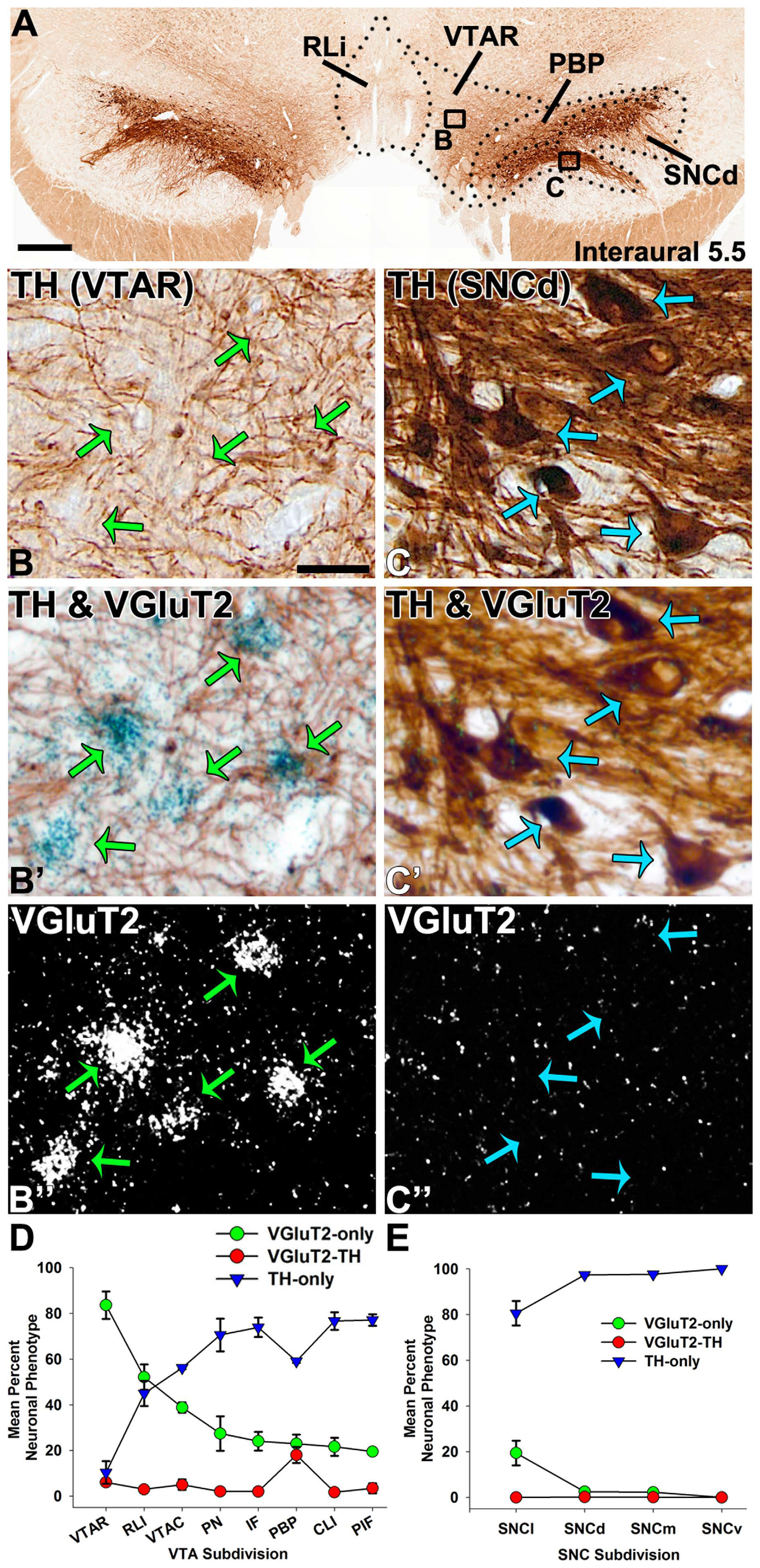Featured Paper of the Month – December 2016
Root, David H; Wang, Hui-Ling; Liu, Bing; Barker, David J; Mod, Laszlo; Szocsics, Peter; Silva, Afonso C; Magloczky, Zsofia; Morales, Marisela
Glutamate neurons are intermixed with midbrain dopamine neurons in nonhuman primates and humans. Journal Article
In: Sci Rep, vol. 6, pp. 30615, 2016, ISSN: 2045-2322 (Electronic); 2045-2322 (Linking).
@article{Root2016,
title = {Glutamate neurons are intermixed with midbrain dopamine neurons in nonhuman primates and humans.},
author = {David H Root and Hui-Ling Wang and Bing Liu and David J Barker and Laszlo Mod and Peter Szocsics and Afonso C Silva and Zsofia Magloczky and Marisela Morales},
url = {https://www.ncbi.nlm.nih.gov/pubmed/27477243},
doi = {10.1038/srep30615},
issn = {2045-2322 (Electronic); 2045-2322 (Linking)},
year = {2016},
date = {2016-08-01},
journal = {Sci Rep},
volume = {6},
pages = {30615},
address = {Neuronal Networks Section, Integrative Neuroscience Research Branch, National Institute on Drug Abuse, 251 Bayview Blvd Suite 200, Baltimore, MD 21224, USA.},
abstract = {The rodent ventral tegmental area (VTA) and substantia nigra pars compacta (SNC) contain dopamine neurons intermixed with glutamate neurons (expressing vesicular glutamate transporter 2; VGluT2), which play roles in reward and aversion. However, identifying the neuronal compositions of the VTA and SNC in higher mammals has remained challenging. Here, we revealed VGluT2 neurons within the VTA and SNC of nonhuman primates and humans by simultaneous detection of VGluT2 mRNA and tyrosine hydroxylase (TH; for identification of dopamine neurons). We found that several VTA subdivisions share similar cellular compositions in nonhuman primates and humans; their rostral linear nuclei have a high prevalence of VGluT2 neurons lacking TH; their paranigral and parabrachial pigmented nuclei have mostly TH neurons, and their parabrachial pigmented nuclei have dual VGluT2-TH neurons. Within nonhuman primates and humans SNC, the vast majority of neurons are TH neurons but VGluT2 neurons were detected in the pars lateralis subdivision. The demonstration that midbrain dopamine neurons are intermixed with glutamate or glutamate-dopamine neurons from rodents to humans offers new opportunities for translational studies towards analyzing the roles that each of these neurons play in human behavior and in midbrain-associated illnesses such as addiction, depression, schizophrenia, and Parkinson's disease.},
keywords = {},
pubstate = {published},
tppubtype = {article}
}
The rodent ventral tegmental area (VTA) and substantia nigra pars compacta (SNC) contain dopamine neurons intermixed with glutamate neurons (expressing vesicular glutamate transporter 2; VGluT2), which play roles in reward and aversion. However, identifying the neuronal compositions of the VTA and SNC in higher mammals has remained challenging. Here, we revealed VGluT2 neurons within the VTA and SNC of nonhuman primates and humans by simultaneous detection of VGluT2 mRNA and tyrosine hydroxylase (TH; for identification of dopamine neurons). We found that several VTA subdivisions share similar cellular compositions in nonhuman primates and humans; their rostral linear nuclei have a high prevalence of VGluT2 neurons lacking TH; their paranigral and parabrachial pigmented nuclei have mostly TH neurons, and their parabrachial pigmented nuclei have dual VGluT2-TH neurons. Within nonhuman primates and humans SNC, the vast majority of neurons are TH neurons but VGluT2 neurons were detected in the pars lateralis subdivision. The demonstration that midbrain dopamine neurons are intermixed with glutamate or glutamate-dopamine neurons from rodents to humans offers new opportunities for translational studies towards analyzing the roles that each of these neurons play in human behavior and in midbrain-associated illnesses such as addiction, depression, schizophrenia, and Parkinson's disease.

